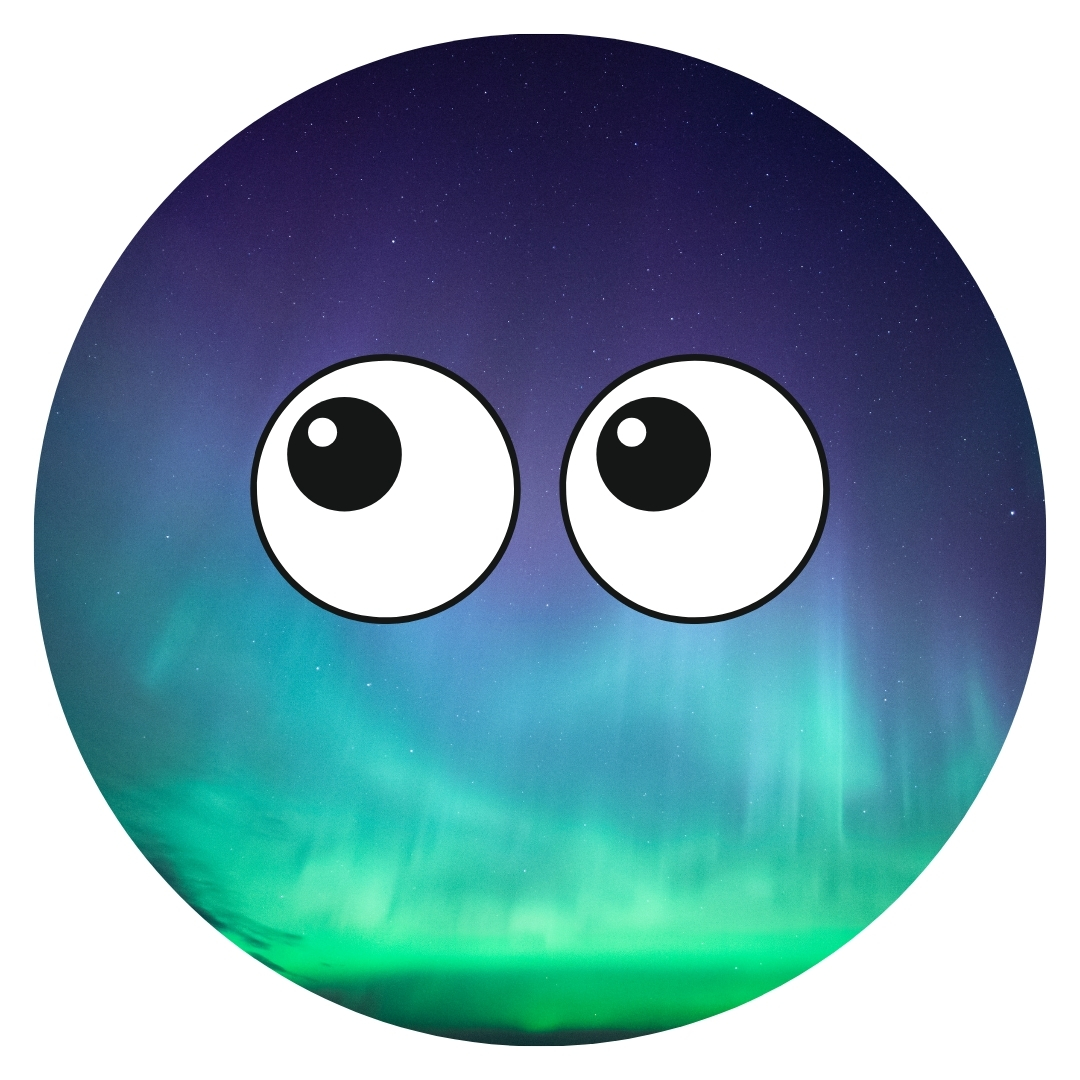
Aurora Forecast Update

Stay informed about the northern lights with our live aurora forecast blog, featuring alerts and geomagnetic storm warnings.
A new surge of solar wind is expected to boost auroral activity just in time for Valentine’s Day.
Under favorable conditions, the northern lights may become visible as far south as northern parts of Michigan and Maine in the coming days.
The National Oceanic and Atmospheric Administration (NOAA) has forecasted G1 (minor) geomagnetic storm conditions for the evening of Thursday (Feb. 13) and predicted heightened activity on Friday (Feb. 14), as a fast-moving solar wind stream approaches Earth.
What Are the Factors Behind the Active Aurora Conditions?
This anticipated geomagnetic storm is fueled by a rapid solar wind stream emanating from a coronal hole—a large area in the solar atmosphere that allows for easier solar wind escape. The solar wind speeds have been elevated throughout the week, measuring between 311 and 373 miles per second (500 to 600 kilometers per second), and recently triggered G1 storm conditions on Feb. 9. Another wave of accelerated solar wind is anticipated to arrive between Feb. 12 and Feb. 13, potentially leading to G1 storm conditions on Feb. 14.
As the solar wind interacts with Earth’s magnetic field, it carries charged particles that react with our atmosphere. These reactions energize atmospheric gases, giving rise to the stunning northern lights (aurora borealis) in the Northern Hemisphere. Faster and denser solar winds can intensify these displays, making them more vivid and dynamic. The greater the geomagnetic storm’s intensity, the further south the auroras can be observed.
Where and When to Catch the Northern Lights This Week
The optimal locations for viewing the auroras will be at high latitudes, especially in Canada, Alaska, and portions of the northern United States. If the geomagnetic activity is sufficiently robust, northern Michigan and Maine might experience a spectacular light show on Valentine’s Day. Clear, dark skies far from urban centers provide the best conditions for viewing.
Space weather is unpredictable, making it essential to monitor real-time forecasts. I recommend the “My Aurora Forecast & Alerts” app, available on both iOS and Android. Any similar applications can also be beneficial. I also recommend the “Space Weather Live” app, which is available on iOS and Android, to gain insights into whether the current space weather is favorable for aurora viewing.
While there’s no certainty, this geomagnetic storm could lead to an unforgettable Valentine’s Day illuminated by the northern lights. Keep your gaze to the heavens!









